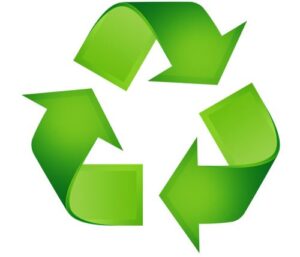
PET is recyclable
What is PET? (Polyethylene Terephthalate) – PET is a thermoplastic material. It can be difficult to bond PET with many adhesives. As a result, Permabond developed specialty adhesives to allow bonding PET without pre-treating. PET is easy to recyclable, so it is commonly used as disposable packaging. The recycling symbol is 1 inside the triangle. Some PET is glass-filled or mineral filled.
In addition to adhesion to PET, several other parameters are generally involved in selecting the best adhesive. Understanding the solvent and temperature resistance of the bonds is especially relevant in choosing the best type of product.
Permabond has the TA4600 series of adhesives to bond difficult plastics such as untreated PET. For the highest bond strength without pre-treatment, these structural acrylics would be the first choice. Permabond TA46XX Series are structural acrylic adhesives that provide good resistance to polar solvents and very good resistance to non-polar solvents.
If you prime the PET with Permabond POP, all Permabond cyanoacrylate adhesives bond PET. Permabond 105 and 2050 provide the highest strength. Cyanoacrylates are often desired due to the fast set times. However, they provide poor resistance to polar solvents. They do provide good resistance to non-polar solvents.
The temperature resistance of both the TA4610 and cyanoacrylates exceed the temperature resistance of PET.
UV curable adhesives and two-part epoxies such as ET515 or modified epoxy such as MT3809 bond PET that has been flame, corona, or plasma treated.
For untreated PET, there are several options.
Properties of PET
PET Uses
To determine the best specific adhesive to bond PET in your application, please provide some detail to our technical team, and our adhesive advisors will get back to you with a recommendation.